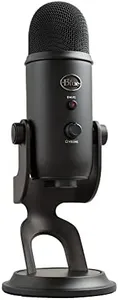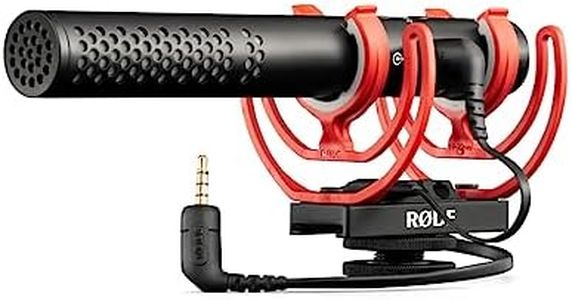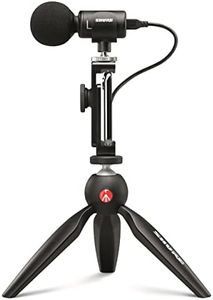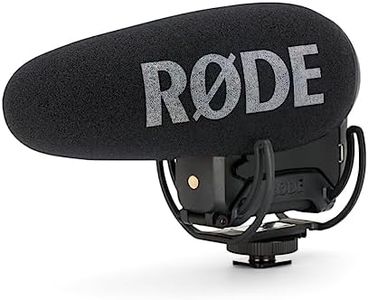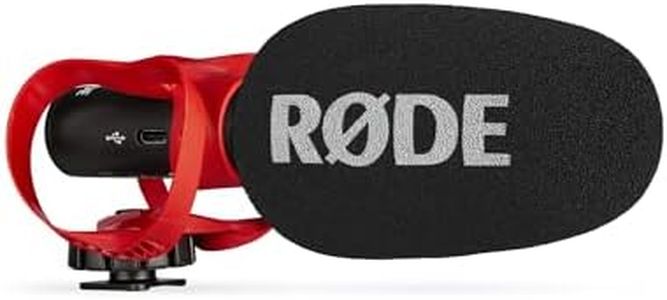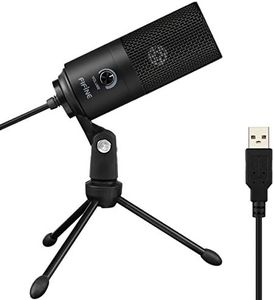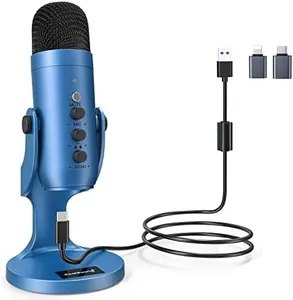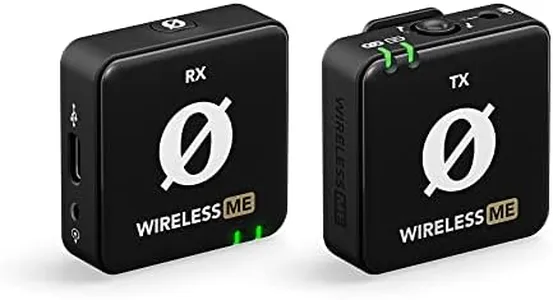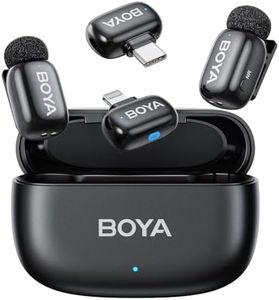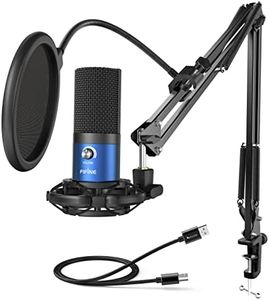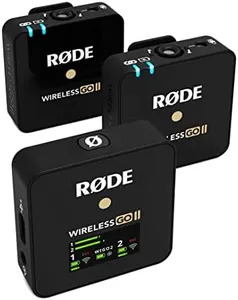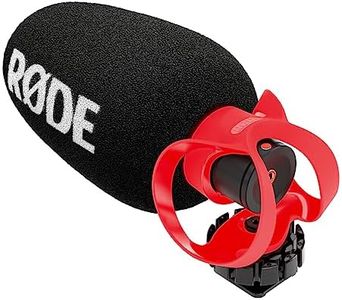We Use CookiesWe use cookies to enhance the security, performance,
functionality and for analytical and promotional activities. By continuing to browse this site you
are agreeing to our privacy policy
10 Best Microphones For Video
From leading brands and best sellers available on the web.Buying Guide for the Best Microphones For Video
When picking a microphone for video work, it's important to focus on how the microphone will capture sound in your particular environment and for your specific style of shooting. The right microphone can make a huge difference in the clarity and professionalism of your audio, which is just as critical as the video quality. To make sure you end up with the best fit for your needs, it helps to understand the key features microphones offer, how these features impact performance, and how to match them to your intended use.Microphone TypeMicrophones for video commonly come in a few main types: shotgun (directional), lavalier (clip-on), and handheld. Shotgun microphones are designed to pick up sound from in front of the camera while reducing noise from the sides and rear; they're great for focused dialogue or when you can't be right next to your subject. Lavalier microphones clip onto clothing for hands-free use, ideal for interviews and presenting. Handheld mics are generally used for reporting or on-the-go interviews. To pick the right one, consider how close you'll be to the subject and how much control you have over your filming environment.
Pickup PatternA microphone's pickup pattern describes how it captures sound from different directions. Common patterns are cardioid (front-focused), omnidirectional (all directions), and supercardioid or hypercardioid (very narrow focus). Cardioid and supercardioid patterns are great for isolating voices in noisy environments, while omnidirectional mics are better if you want to capture natural ambiance or multiple voices. Choose a pattern based on whether you need to zero in on a speaker or capture a broader soundscape.
ConnectivityMicrophones connect to your camera or recorder through cables (like XLR or 3.5mm), or wirelessly. Wired options are more reliable and don’t require batteries, while wireless mics offer more freedom of movement but need active management of battery life and potential interference. Think about your setup: if your subjects are moving or far from the camera, wireless may be better; for stationary talking heads, wired can suffice.
Power SourceSome microphones require external power, like batteries or phantom power, while others are passive and draw power from the device they’re plugged into. Powered mics can deliver higher quality audio but require you to keep track of battery life or ensure your camera supplies the right power. If you want a simple grab-and-go setup for short or infrequent shoots, battery-powered or passive mics might be enough; for more professional work, phantom-powered mics may be warranted.
Size and Mounting OptionsMicrophones vary in size and how they attach to your gear. On-camera mics sit on hot shoes, while boom or handheld mics require stands or mounts. Lavalier mics are small and attach to clothing. Think about your workflow and how conspicuous or portable the mic needs to be for your shooting style—do you want it visible in the frame, or hidden? Will you be stationary, or moving around a lot?
Durability and Build QualityHow sturdy and well-built a microphone is will affect how long it lasts, especially in active shooting scenarios. If you’re filming outdoors, traveling, or working in rough conditions, a more ruggedly built microphone is important. For studio or infrequent indoor use, lighter build quality may be acceptable.
